'Get your missiles out of Cuba' demands US as Soviet convoy alters course (1962)
and live on Freeview channel 276
On October 25, the News Letter reported that some of the Soviet bloc ships which had been bound for Cuba “appeared to have altered course”.
This was the dramatic announcement made by the US Defence Department. The Defence Department spokesman added that other vessels were proceeding to Cuba but “no intercept has yet been necessary”.
Advertisement
Hide AdAdvertisement
Hide AdMeanwhile, there were worldwide moves to avert a Caribbean clash, Mr Khrushchev had declared that “Russia would regard it useful to have a summit meeting”, and Burmese diplomat U Thant, the acting Secretary-General of the UN, had appealed to both President Kennedy and Mr Khrushchev.
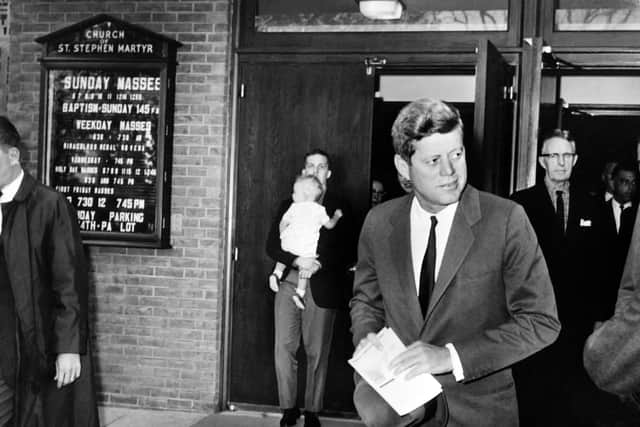

Mr Thant's message to Kennedy and Khrushchev read: “I have been asked by the permanent representatives of a large number of member governments of the United Nations to address an urgent appeal to you in the present critical situation. These representatives feel that in the interest of international peace and security all concerned should refrain from any action which may aggravate the situation and bring with it the risk of war.”
Meanwhile, Mr Khrushchev said in his message in reply to Earl Russell, the philosopher, that Russia “would take no rash decision”.
He added that “the Soviet government will not let itself be provoked by the unjustified actions of the USA”.
Advertisement
Hide AdAdvertisement
Hide AdHe said that his government would “do everything which depends on us to prevent the launching of a war” but that the US government “must show restraint and must halt the realisation of its pirate-like threats, which may have the most serious consequences”.
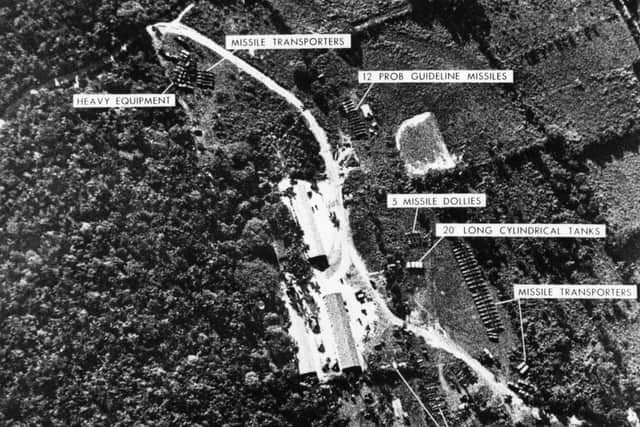

Commenting on the action of the Russian ships, Senator J William Fulbright, chairman of the US Foreign Relations Committee, told reporters that he did not necessarily believe the alteration of course by some of the Soviet ships meant the Russians were backing down.
“It could very well signify,” he said, “that the Russians want more time in which to decide what their response will be be. I think the outcome will be known in the next 24 to 48 hours.”
The Washington Post quoted Lieutenant-General Vladmir Dubovik, Soviet military attache, as saying that the Russian ships sailing toward Cuba were under orders not to halt or submit to a search.
Advertisement
Hide AdAdvertisement
Hide Ad“Our ships will sail through and, if it is decreed that those men must die, then they will obey their orders and stay on course or be sunk.”
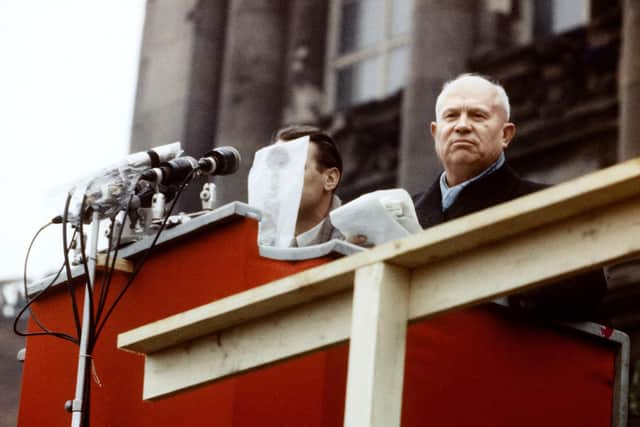

Mr Adlai Stevenson during this week in 1962 bitterly denounced Mr Valerian Zorin at the United Nations for “distortion and double talk' after the Soviet delegate declined a 'Yes' or 'No' answer to his challenge to deny there were Soviet missile bases in Cuba.
Addressing himself directly to Mr Zorin – the October 1962 president of the council – in a voice sharpened by obvious anger, Mr Stevenson told him that Soviet missiles in Cuba had to be removed.
Delegates clustered five or six deep around an easel Mr Stevenson had set up in the corner of the council chamber to display enlarged aerial photographs of the bases.
Advertisement
Hide AdAdvertisement
Hide AdMr Zorin fixed his gaze on the horseshoe table before him, but Mr Stevenson continued his commentary on the pictures, he stole an occasional glance at them over his left shoulder.
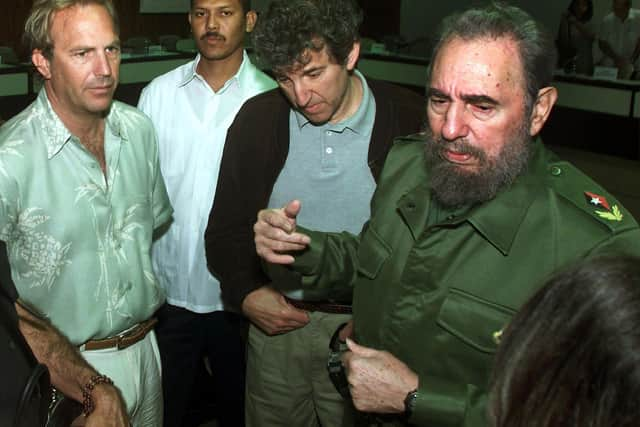

The US delegate flung out his challenge in an almost unprecedented quick-fire exchange with Mr Zorin.
Mr Stevenson said the United States had proof that Russia had set up the missile installations and was prepared to present it in the council chamber.
“Let me say something else,” he went on, “those weapons must be taken out of Cuba.”
Advertisement
Hide AdAdvertisement
Hide AdMr Zorin rejoined: “I am not in an American courtroom, sir, and therefore I do not wish to answer a question that is put to me in the fashion in which a prosecutor does. In due course, you will have your reply.”
Mr Stevenson said world opinion was waiting for the answer. “Yes or no? I demand to know?” he said.
Mr Zorin urged him to continue his statement, without waiting for the Soviet reply. “You will receive the answer in due course, do not worry,” he said.
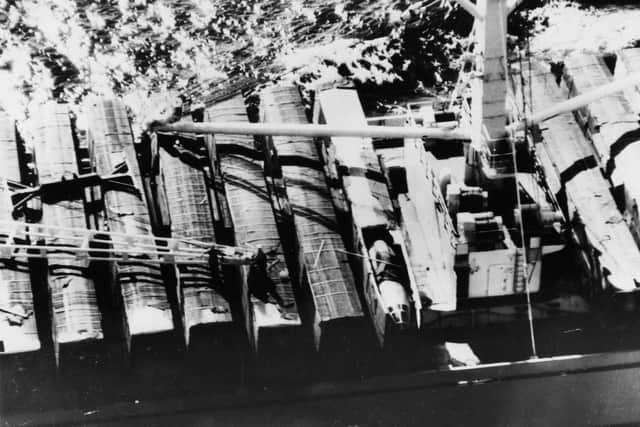

The United States delegate said he was prepared to wait for an answer “until hell freezes over if that is your decision and I am also prepared to present the evidence in this room”.
Advertisement
Hide AdAdvertisement
Hide AdMr Zorin replied that Mrs Stevenson's demonstration “lacked seriousness”.
“I had higher opinion of your personally, sir,” he said. “Unfortunately, I was in error.”
He said that the United States was trying to distract the attention from its task with “all sorts of forged photographs on this kind.”